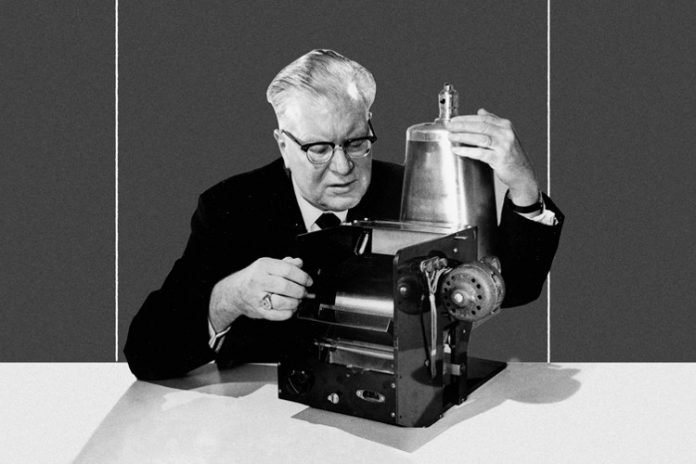Physicist who invented the photocopier: Who is Chester Carlson?
Chester Carlson invented electrophotography, which is used in millions of photocopiers around the world. Then, electrography was named after the concept of "xerography", which means 'dry and writing'.

Chester Carlson was an inventor who spent his spare time doing research. Due to his job at the patent office in New York, he was making many copies of important documents. In the face of all these difficulties, Carlson turned to the field of electrophotography.
Chester Floyd Carlson is an American physicist, patent officer, and lawyer. Chester Carlson is the person who discovered xerography, or photocopy. Xerography is an electrostatic dry printing method. Chester Carlson, who pioneered the dry photocopying technique, received support from Joseph C Wilson.
Chester Carlson was born on February 8, 1906. He died of a heart attack in 1968, at the age of 62.
Chester Floyd Carlson (February 8, 1906 – September 19, 1968) was an American physicist, inventor, and patent attorney born in Seattle, Washington. Carlson invented electrophotography (now xerography, meaning "dry writing"), producing a dry copy in contrast to the wet copies then produced by the Photostat process; it is now used by millions of photocopiers worldwide.
Chester Carlson's father is Olaf Adolph Carlson and his mother is Ellen Carlson. Carlson's mother, Ellen, died when he was 17. Exactly 10 years later, when Carlson was 27, his father Olaf Adolph passed away.
He married Elsa von Mallon in 1934. Carlson and Mallon met at a party organized by the Young Christian Association (YMCA) in New York. The couple, who divorced in 1945, described their marriage as an unhappy period. Carlson's second marriage was to Dorris Helen Hudgins.
Carlson, who spent his childhood in poverty, worked to support his family from the age of eight. In fact, during his high school education, Carlson was working for about two or three hours after school. Stating that working was a necessity for him at an early age, Carlson conducted research on successful inventors such as Thomas Edison. Thus, the idea of making inventions became attractive to him and he wanted to contribute to society.
On the other hand, Carlson completed his education despite all these difficulties. He completed his education in Physics at the California Institute of Technology in 1930 during the Great Depression.
After all this, he entered New York Law School in 1936. Carlson, who studied law at night, handwritten law books from the library because he could not afford to buy them. The difficulties in the copying business reinforced the decision to build a copying machine.
Carlson has also stated that he has had an admiration for graphic arts since childhood. One of his first requests was a typewriter. On the other hand, the idea of publishing a magazine during his high school years pushed him to work in the printing house in his spare time. After purchasing an old printing machine, he started taking notes on his experiences and ideas.
After completing his education, he worked as a research engineer at Bell Telephone Company for a while in 1930. However, Carlson changed his position because he found the job too routine, and moved to the patent department as an assistant. He later became head of the patent department at PR Mollary Company.
On October 6, 1942, Carlson's electrophotography patent was approved.
Chester Carlson was an inventor who devoted much of his fortune to charitable causes. Carlson has donated over $150 million to charities.
Carlson was inducted into the National Inventors Hall of Fame in 1981. He received awards for his contributions to the field of science, including the Inventor of the Year in 1964 and the Horatio Alger Award in 1966.
The first xerographic photocopier was introduced to the market by the Xerox company in 1959, under the leadership of Chester Carlson.
